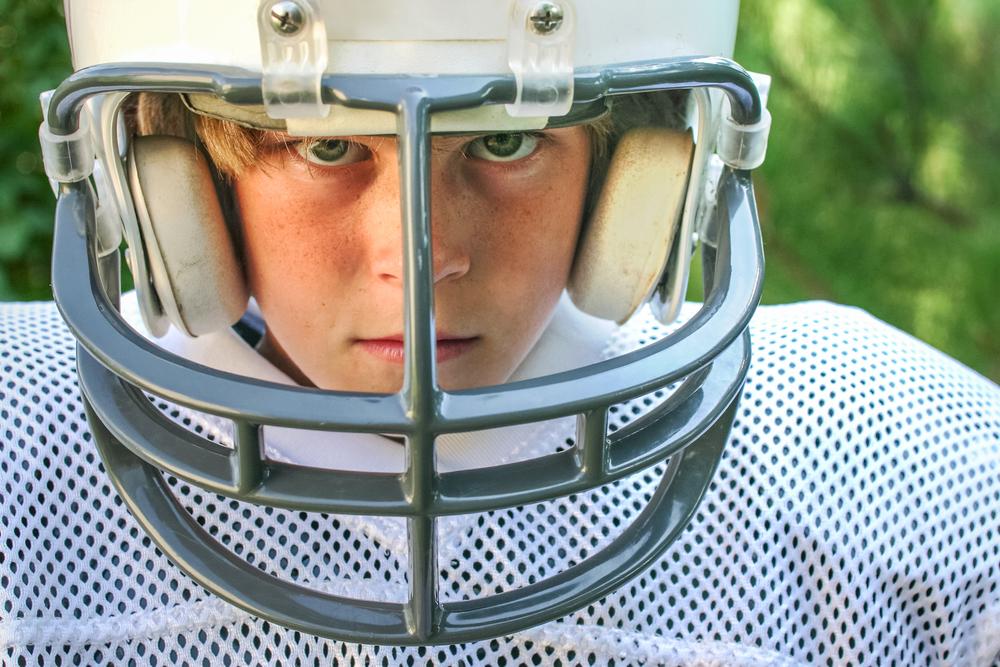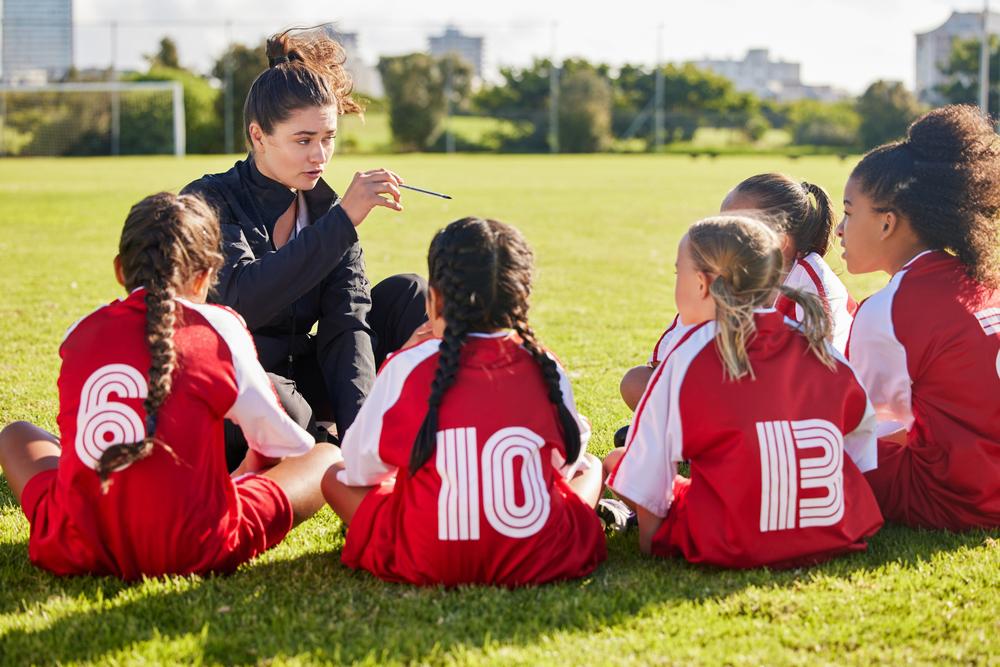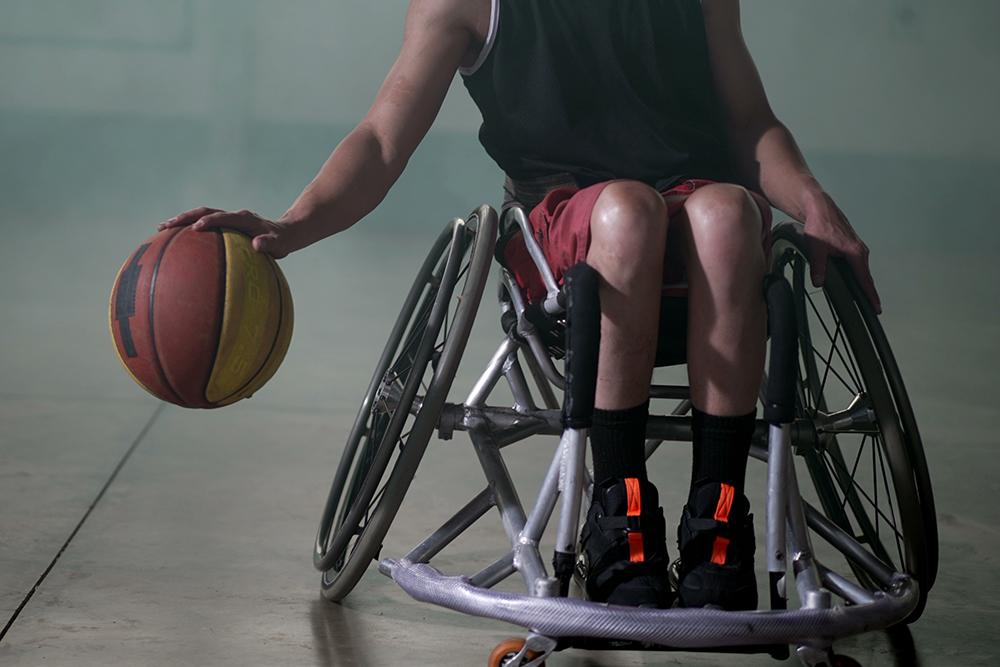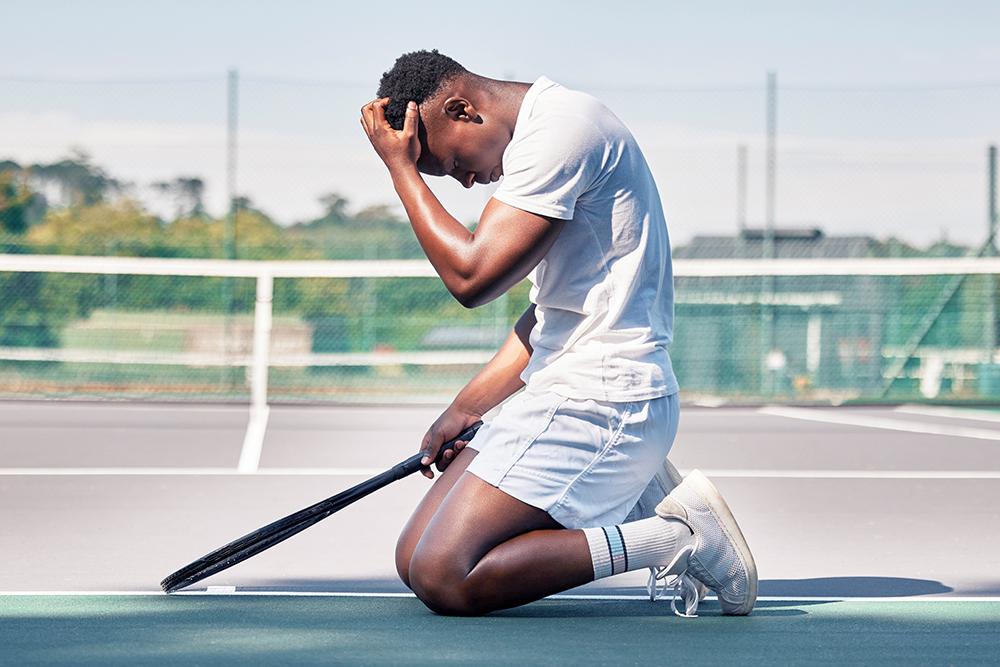By Dr. Timothy Baghurst
Associate Professor of Health and Human Performance, Oklahoma State University
 Do you have a child, or coach an athlete, that just seems to quit at every opportunity? Success for them is right there with just a little more effort, but they’d rather just not try.
Do you have a child, or coach an athlete, that just seems to quit at every opportunity? Success for them is right there with just a little more effort, but they’d rather just not try.
“It’s too hard,” “I can’t do it,” “Why even try if I’m going to fail?,” and “It hurts too much,” they say. It can be aggravating knowing that your young athlete is more than capable, but as a way to avoid failure, would rather not even try to push through a challenge.
Some people are naturally driven to grind through a challenge whereas others are not. But perseverance is a skill that can and should be taught by parents and coaches.
So how can you tell who needs these lessons and who doesn’t? Below is an overview of how you can spot those who might need a little help and also some practical ways to do so.
Spotting the Need
Already mentioned were the type of negative, self-debasing comments that should be expected from someone who might give up before they even try. As a coach or parent, it’s important to recognize the differences between an athlete who is scared to try something new versus one who simply doesn’t want to ever work through things. Children are faced with new circumstances and situations almost daily as they progress through childhood, and a fear of the actual event or situation may be very different compared to a fear of failure.
1) Look for the token “I can’t do it” remark and attitude even before the athlete has tried or tried for very long. For example, in a one-mile fun run there is a big difference in a child who tries hard for 200 yards and gives up completely versus the child who realizes the task is harder than expected and slows down to walk or jog the remainder of the course.
2) Also look for tanking. Tanking refers to situations where the athlete is likely to lose and in an attempt to save face, they reduce their effort. This “protects” their ego because they’ll use this logic to convince themselves that they really could have done better, but an injury or some other reason will “excuse” them from doing as well as they could have.
Changing Behavior
Changing the behavior of a child that naturally doesn’t like pushing through hardship is no easy task itself, and one or two interventions aren’t going to wholly change their natural inclinations. But, with consistent effort on the part of parents and coaches, change can occur:
1) Be encouraging during tough times. It may seem obvious, but too often parents and coaches tend to get both loud and discouraging when a young athlete is struggling.
Famed educator Charlotte Mason proposed that educators should focus on four key phrases in shaping a young person’s mind and behavior: I am, I can, I ought, I will. Nowhere in this is there mention of negativity. Shouting generally doesn’t help either.
2) Don’t force mental toughness. Ever see a parent or coach screaming at a child as they blubber and bawl their way through an exercise? “It teaches you to be tough,” they say in response. Yet the reality is that it may not. True, the child may have completed the task, but at what cost?
Chances are that the child now hates whatever activity they just experienced and possibly will forever. Rather, coaches and parents need to carefully consider the difference between “You’re capable of this even though I know it’s hard for you”, versus “You have to do this because I know you can and you’re going to suffer through it until you get it.”
3) Reward mental toughness, even in failure. So how do you get that child who doesn’t want to push through a situation to even try? If they’re not internally motivated to do so, then try providing a reward.
This can be an individual award, team award, or something that isn’t tangible. Even if the outcome is unsuccessful, praising effort can be a motivator for next time. Focusing on the process rather than the outcome takes away the uncontrollable factors such as the competitor, and allows the athlete to see what can be changed.
4) Set smaller, realistic, but challenging goals. Parents and coaches sometimes expect goals they set to be seen the same way by their kids, but that’s just not realistic. “Today I want you to run for 10 minutes non-stop,” might be a challenging goal for many of us, but could seem like a marathon to a 10 year-old. Chances are they’ll give up before they start.
Instead, break down the goal into smaller chunks. Provide opportunities for each young athlete to be the leader as they go around. Introduce smaller goals for set distances or time (e.g., each minute has a different movement or pattern), and perhaps build in little games. Maybe some won’t be able to complete the challenge and end up walking, but that is still better than stopping. Encourage each athlete to try and beat their previous best time or distance before they start walking, even if they can’t complete the whole challenge.
—
There are no quick fixes to developing mental toughness. Some are more naturally inclined to persevere than others, but even those who have a tendency to quit can be encouraged to continue on in the face of adversity. Forcing effort can work, but it often results in negative outcomes in the long-term.
Therefore, be positive, focus on processes over outcomes, reward effort when given, and set realistic goals that allow each athlete to see progress as a result of that effort.



